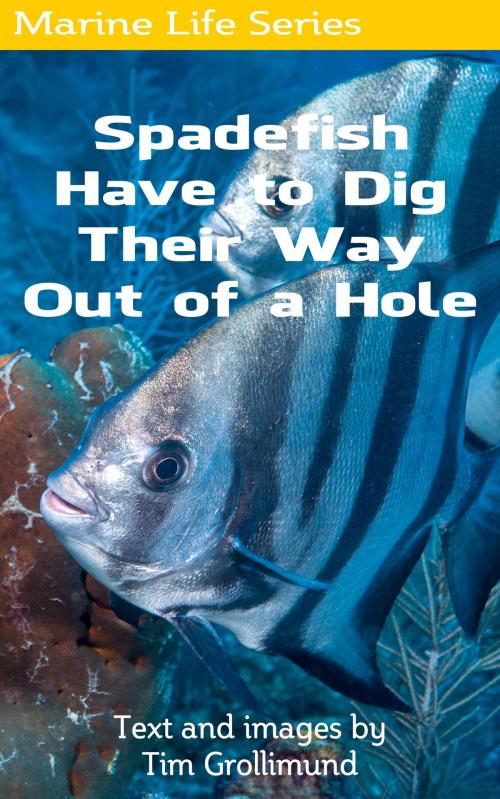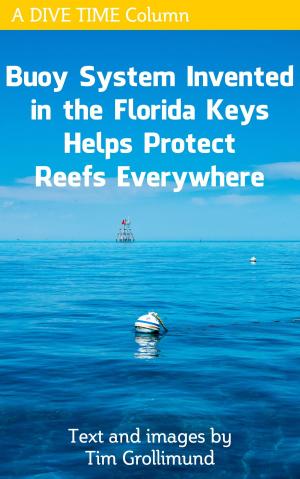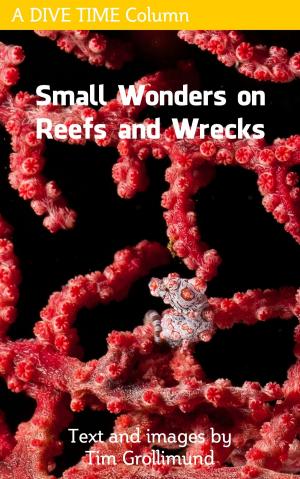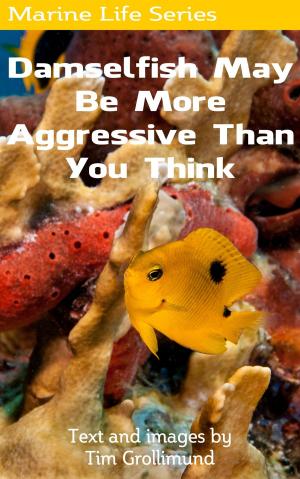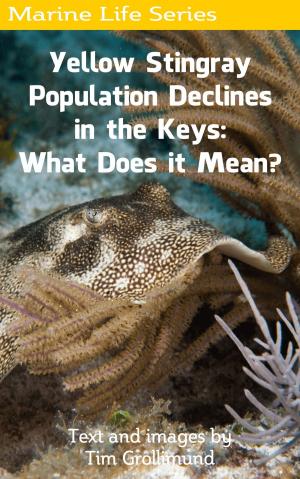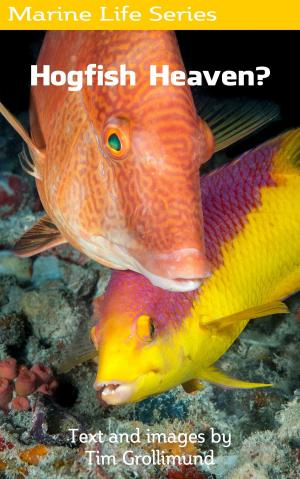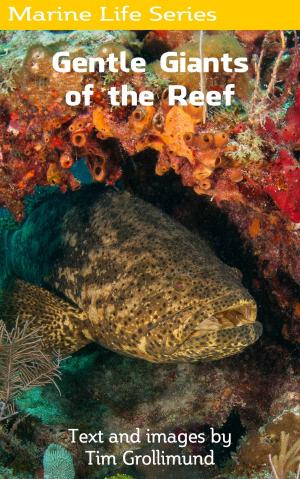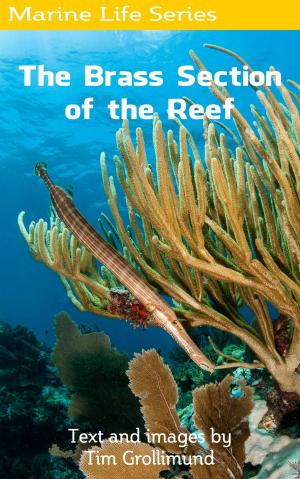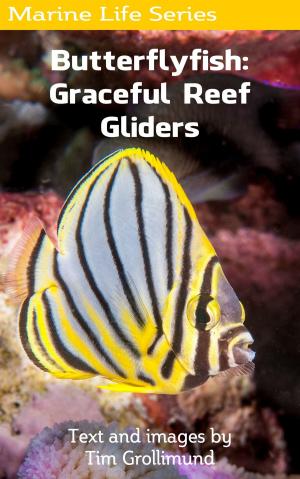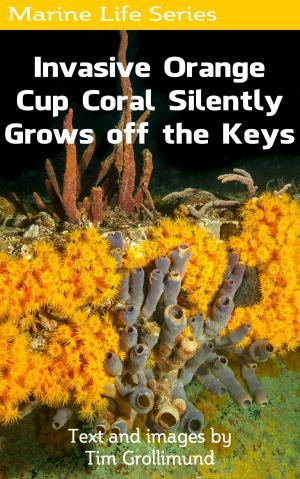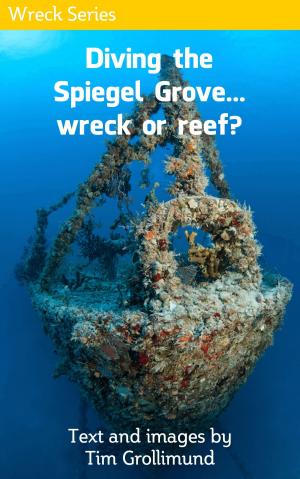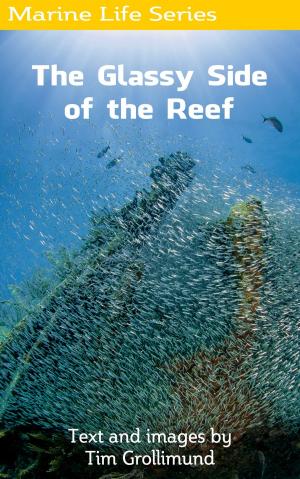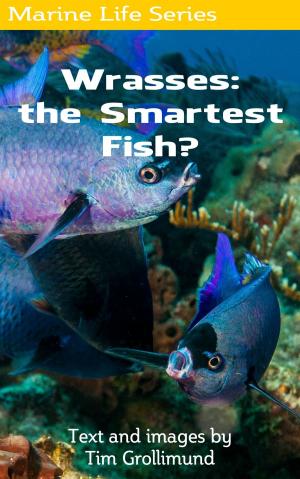| Author: | Tim Grollimund | ISBN: | 9781370235759 |
| Publisher: | Tim Grollimund | Publication: | August 13, 2017 |
| Imprint: | Smashwords Edition | Language: | English |
| Author: | Tim Grollimund |
| ISBN: | 9781370235759 |
| Publisher: | Tim Grollimund |
| Publication: | August 13, 2017 |
| Imprint: | Smashwords Edition |
| Language: | English |
"Spadefish are the only species of its family that reside in the Western Atlantic. In the Pacific there are at least six species of spadefish, where they are also commonly known as batfish. While they are common in the Keys, in other parts of the Caribbean they are not as prevalent. I’ve seen schools numbering in the hundreds from the south end of Molasses all the way up to Carysfort. One of the largest schools I’ve seen was on Deep French.
Once you spot a school - even a small one of a dozen or so - the best way to photograph them is to let them come to you. If you chase them, they will turn the other way. If you like to take tail shots, then by all means pursue at your leisure. Usually within two or three minutes they will swoop down to check me out. Their effortless glide path through the water column as they approach is worth the wait. Even though two or three minutes may feel like twenty as you monitor gauges and depth, hang out. They will come.
There are not many studies on the reproductive life of spadefish. They spawn from May to October, and water temperature and salinity are factors in the behavior patterns, as expected. Perhaps the cold spell that damaged many other species had an effect on spadefish, too. I’m just guessing.
I decided to dig a little deeper into my post-Deep-Horizon theory. I found a thesis by Mark Stead of Louisiana State University, from 2003. He studied the effects of nonlethal doses of ethylene glycol (EG) and methanol (MeOH) on juvenile pompano and spadefish. For spadefish, up to an eighteen percent reduction in swimming ability was observed after ingestion of EG. There was a greater reduction for pompano.
EG and MeOH are used extensively in oil production. In his thesis, Mr. Stead says “the possibility of a large spill is unlikely”. Oops. Tell that to BP. Did the spill effect the critical swimming speed of juvenile pompano and spadefish? I think it’s a great question to ask the scientists assessing our fisheries in a post-spill world. "
"Spadefish are the only species of its family that reside in the Western Atlantic. In the Pacific there are at least six species of spadefish, where they are also commonly known as batfish. While they are common in the Keys, in other parts of the Caribbean they are not as prevalent. I’ve seen schools numbering in the hundreds from the south end of Molasses all the way up to Carysfort. One of the largest schools I’ve seen was on Deep French.
Once you spot a school - even a small one of a dozen or so - the best way to photograph them is to let them come to you. If you chase them, they will turn the other way. If you like to take tail shots, then by all means pursue at your leisure. Usually within two or three minutes they will swoop down to check me out. Their effortless glide path through the water column as they approach is worth the wait. Even though two or three minutes may feel like twenty as you monitor gauges and depth, hang out. They will come.
There are not many studies on the reproductive life of spadefish. They spawn from May to October, and water temperature and salinity are factors in the behavior patterns, as expected. Perhaps the cold spell that damaged many other species had an effect on spadefish, too. I’m just guessing.
I decided to dig a little deeper into my post-Deep-Horizon theory. I found a thesis by Mark Stead of Louisiana State University, from 2003. He studied the effects of nonlethal doses of ethylene glycol (EG) and methanol (MeOH) on juvenile pompano and spadefish. For spadefish, up to an eighteen percent reduction in swimming ability was observed after ingestion of EG. There was a greater reduction for pompano.
EG and MeOH are used extensively in oil production. In his thesis, Mr. Stead says “the possibility of a large spill is unlikely”. Oops. Tell that to BP. Did the spill effect the critical swimming speed of juvenile pompano and spadefish? I think it’s a great question to ask the scientists assessing our fisheries in a post-spill world. "
